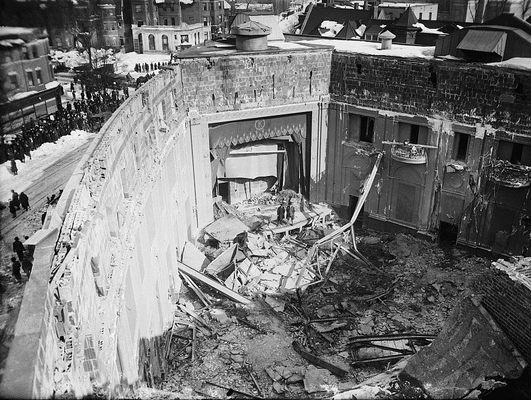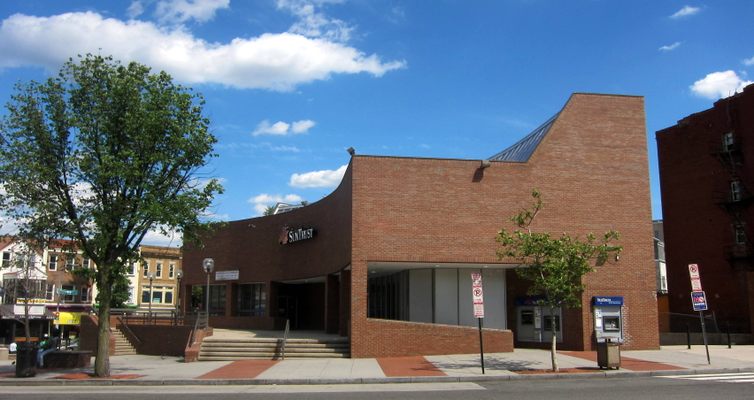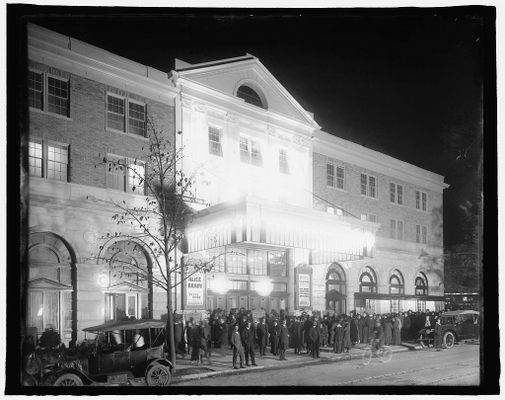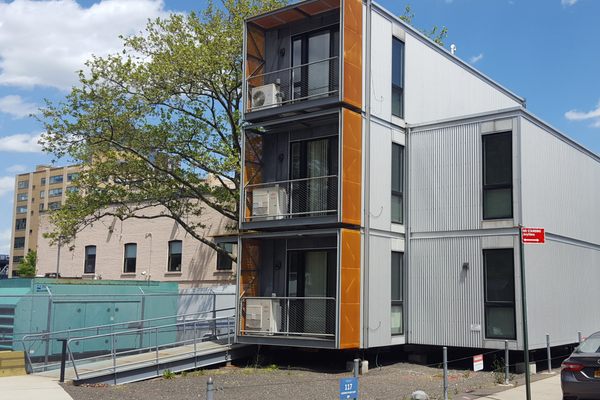About
In late January of 1922, a blizzard swept through the mid-Atlantic region of the United States. Over the course of three days more than two feet of snow fell over the region. Washington, D.C., was hit especially hard by the storm, tallying 28 inches of snowfall, the all-time record. Yet despite this, on January 28th, somewhere between 300 and 1,000 people trudged through the snow and crowded into the Knickerbocker Theatre to see the silent movie Get-Rich-Quick Wallingford.
The Knickerbocker was the newest and one of the most fashionable theaters in the city, having opened in 1917. It was designed by Reginald Geare, an architect making a name for himself building upscale cinemas for the movie-going Americans of the "roaring '20s."
At around 9 p.m, just as the opening credits were rolling, a crack split across the ceiling and pieces of plaster rained onto the audience. Moments later, before it even occurred to anyone to evacuate, the roof caved in. Snow poured in from the roof onto the mezzanine, which crumbled under the weight and crashed onto the orchestra below. As one reporter put it, it was "as sudden as turning off an electric light."
People from around the Adams Morgan neighborhood attempted to pull victims from the rubble but it wasn't until 600 soldiers stationed across the city reached the scene that an organized rescue effort began. Fire trucks and ambulances attempting to reach the theater were delayed navigating icy roads clogged with abandoned vehicles stuck in snow. Rescuers were still working to sift through the rubble and the bodies in it mid-afternoon the next day.
In total 98 people died and 133 were injured in the theater collapse, making it the deadliest disaster in Washington, D.C. history. The wreckage from the catastrophe was compared to that of World War I battlefields, and the blizzard that caused it all was dubbed the "Knickerbocker Storm."
An investigation blamed the collapse on faulty construction and design. Architect Geare and four of his employees were indicted with manslaughter by a grand jury, but none were ever convicted. None of the survivors or the families of the deceased received any financial settlement despite numerous lawsuits. The collapse of the Knickerbocker Theater effectively snuffed out Geare's rising star, and he committed suicide in 1927. Guilt wore heavily on theater's owner Harry Crandall too, and he took his own life a decade later.
The Knickerbocker was replaced by the Ambassador Theater, which operated until 1968. Today, one would never guess this was the site of a D.C. tragedy. A bank operates on the site, and no plaque or memorial commemorates the lives lost there.
Related Tags
Know Before You Go
The site of where the theater once stood is at the intersection of 18th street and Columbia road NW.
Community Contributors
Added By
Published
February 8, 2017
Sources
- http://www.weather.gov/lwx/winter_storm-pr
- https://en.wikipedia.org/wiki/Knickerbocker_Theatre_(Washington,_D.C.)
- https://en.wikipedia.org/wiki/Knickerbocker_storm
- http://ghostsofdc.org/2015/03/16/the-knickerbocker-theater-tragedy/
- https://www.washingtonpost.com/news/capital-weather-gang/wp/2017/01/27/haunting-faces-scenes-and-stories-from-the-knickerbocker-theatre-roof-crash-95-years-ago/?utm_term=.8e519b1586cb
- http://www.washingtonpost.com/wp-dyn/content/article/2009/01/21/AR2009012101298.html































